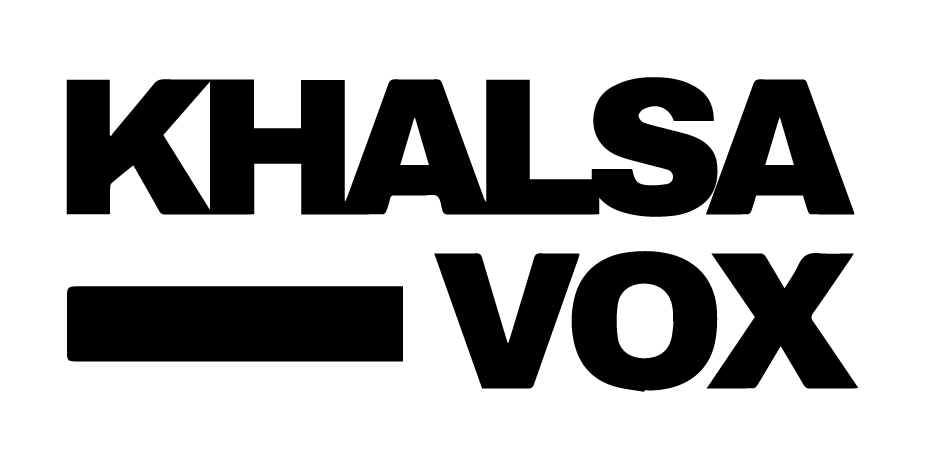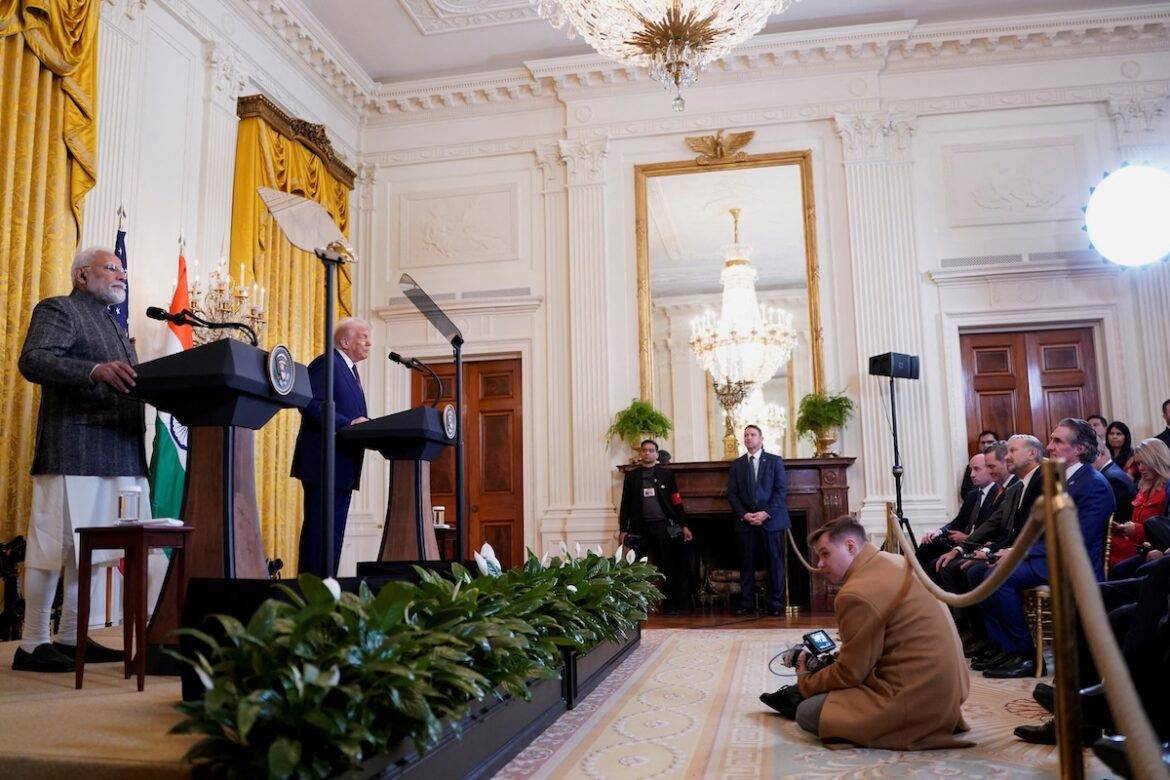AI Generated Summary
- The February 13, 2025, dialogue between Indian Prime Minister Narendra Modi and US President Donald Trump has ushered in a new chapter in the economic relations between the two countries.
- India excels in IT and pharmaceuticals, while the US leads in technology and defense—specialization benefits both.
- India’s major exports to the US include pharmaceuticals, textiles, and IT services, while the US exports capital goods, agricultural products, and energy resources to India.
The February 13, 2025, dialogue between Indian Prime Minister Narendra Modi and US President Donald Trump has ushered in a new chapter in the economic relations between the two countries. The ambitious vision of doubling bilateral trade to $500 billion by 2030 marks the beginning of a transformative era. The strategic alliance, termed as “MEGA” (Mutually Empowered Growth Agreement), merges India’s “MIGA” (Make India Great Again) with America’s “MAGA” (Make America Great Again), symbolizing not just economic synergy but a recalibration of the international trade landscape.
Evolution of India-US Trade Relations
India-US trade relations have undergone a remarkable transformation since India’s economic liberalization in 1991. Trade between the two nations has grown from a modest $5.6 billion in 1990 to over $180 billion in 2024.
Key milestones in this journey include:
- 2005: The US-India Civil Nuclear Agreement, a landmark deal strengthening strategic ties.
- 2019: Trade tensions under the Trump administration with tariff hikes, testing the partnership.
- 2023: India regained its Generalized System of Preferences (GSP) benefits, bolstering its export sector.
- 2025: The launch of “Mission 500,” aiming to achieve $500 billion in trade by 2030.
Despite occasional setbacks, consistent policy reforms and economic cooperation have propelled the relationship forward, highlighting the mutual advantages of collaboration.
Bilateral Trade: A Snapshot
In 2024, the US reported a $45.7 billion trade deficit with India. India’s major exports to the US include pharmaceuticals, textiles, and IT services, while the US exports capital goods, agricultural products, and energy resources to India. Beyond numbers, this exchange fosters innovation, job creation, and economic opportunity.
Trade Agreements and Tariff Adjustments
A key outcome of the Modi-Trump meeting was the commitment to a comprehensive Bilateral Trade Agreement (BTA) by late 2025. This agreement will align with WTO and UNCTAD guidelines to ensure fair and inclusive trade policies.
India’s Tariff Reductions on US Goods:
- Bourbon Whiskey: 25% → 15%
- Foreign Motorcycles (including Harley Davidson): 50% → 30%
- ICT Products: 10% → 5%
US Market Access for Indian Products:
- Increased quotas for Indian fruits like mangoes and pomegranates.
- Easier trade facilitation for textiles and pharmaceuticals.
While these adjustments foster a more balanced trade relationship, concerns remain. The US continues to push for deeper tariff cuts, citing India’s high average tariff rate of 17% compared to the US’s 3%.
India’s Key Trade Concerns
While the US focuses on market access and tariff reductions, India has its own trade priorities:
- Agricultural Subsidies: Indian farmers struggle to compete with US farm subsidies.
- H-1B Visa Regulations: Stricter visa policies impact Indian IT firms and skilled workforce mobility.
- Trade Balance with China: India seeks US cooperation in reducing dependence on Chinese imports.
- Pharmaceutical Pricing: Stringent US intellectual property rights could impact generic drug exports.
- Tariff Flexibility: India aims to protect its domestic electronics and automobile industries.
- Market Stability: India seeks assurances against abrupt US policy shifts.
These concerns highlight the need for a balanced and mutually beneficial trade framework.
Economic Theories in Practice
Several economic theories provide insight into the evolving trade dynamics:
- Comparative Advantage (David Ricardo): India excels in IT and pharmaceuticals, while the US leads in technology and defense—specialization benefits both.
- Heckscher-Ohlin Theory: India exports labor-intensive goods (textiles), while the US exports capital-intensive goods (aircraft).
- Strategic Trade Theory: Both countries leverage trade policy to enhance key industries.
- New Trade Theory (Paul Krugman): Collaboration in high-tech and defense industries can yield exponential economic gains.
Investments in Greenfield Projects
Indian investments in the US have exceeded $7.35 billion, creating thousands of jobs. Major Indian companies investing in the US include:
- Hindalco’s Novelis: Aluminum manufacturing in Alabama and Kentucky.
- JSW Steel: Operations in Texas and Ohio.
- Epsilon Advanced Materials: Battery materials manufacturing in North Carolina.
- Jubilant Pharma: Injectable pharmaceuticals production in Washington.
These investments signify India’s growing role in the US economy.
Defense & Technology Collaboration
A major development from the Modi-Trump talks is the US-India COMPACT (Catalysing Opportunities for Military Partnership, Accelerated Commerce & Technology) initiative, aiming to bolster defense and technology collaboration.
Key agreements include:
- Co-production of Javelin Anti-Tank Guided Missiles and Stryker Infantry Combat Vehicles in India.
- Partnership between Anduril Industries and Mahindra Group for advanced autonomous technologies, maritime systems, and AI-enabled counter-drone systems.
- Review of arms transfer regulations to streamline defense trade and technology exchange.
With India being a Major Defense Partner and having Strategic Trade Authorization-1 (STA-1) status, these collaborations will deepen bilateral strategic ties.
Challenges Ahead
Despite the positive momentum, several challenges persist:
- High Tariffs & Regulatory Barriers: US businesses struggle with India’s regulatory complexities.
- Intellectual Property Rights (IPR) Issues: Differences in patent laws impact pharmaceutical trade.
- Labor & Environmental Standards: Harmonizing standards is crucial for sustainable trade.
- Regulatory Bottlenecks: Delays in market approvals hinder efficiency.
Addressing these roadblocks will require sustained dialogue, policy reforms, and diplomatic goodwill.
The Road Ahead: Realizing the MEGA Vision
To turn the MEGA partnership into a reality, both nations must:
- Finalize the Bilateral Trade Agreement by 2025: A structured framework will boost trade confidence.
- Secure Supply Chains: Reduce dependence on third-party intermediaries.
- Leverage WTO Mechanisms: Align trade policies with global standards.
- Increase FDI in High-Tech Sectors: Encourage investments in AI, semiconductors, and defense.
The Modi-Trump dialogue of 2025 has laid the groundwork for a transformative period in India-US trade relations. With visionary policies, tariff adjustments, and strengthened investment frameworks, the MEGA partnership is set to be a global model of economic collaboration.
Beyond commerce, this partnership is about shared growth, security, and technological innovation. As India and the US navigate this path together, they have the potential to redefine global trade and economic alliances, making the next decade a historic one for bilateral relations.




